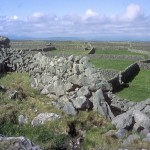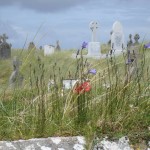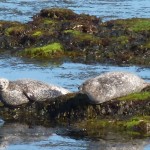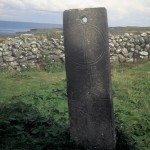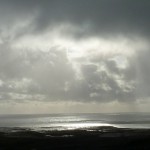The Aran Islands, formed from a limestone ridge, are about 30 miles across the mouth of Galway Bay.
They are composed by three Islands: Inis Mór, Inis Óirr, Inis Meáin.
Inis Mór is the biggest one and is about 13 km long and 3.5 km wide. It has a native population of about 900. The island can be explored on foot, on bicycles, by pony and trap or by minibus. Inis Mór is accessible from Galway, Rossaveal and Doolin by ferry and from Connemara (Inverin) by plane.

